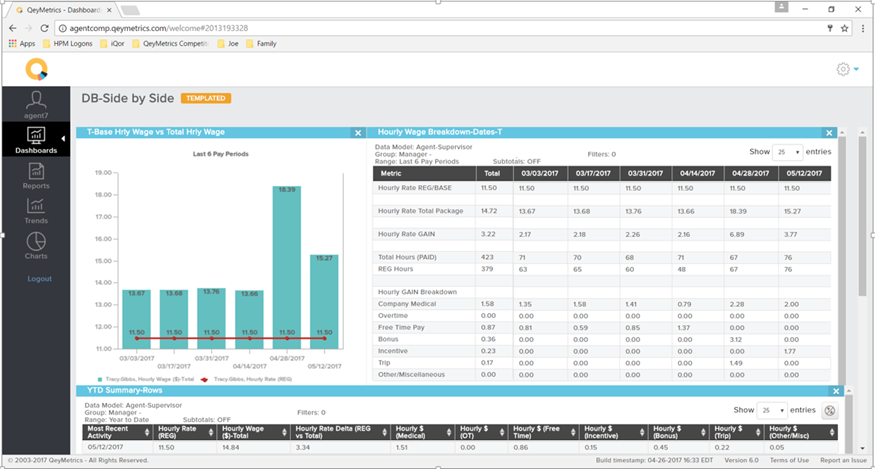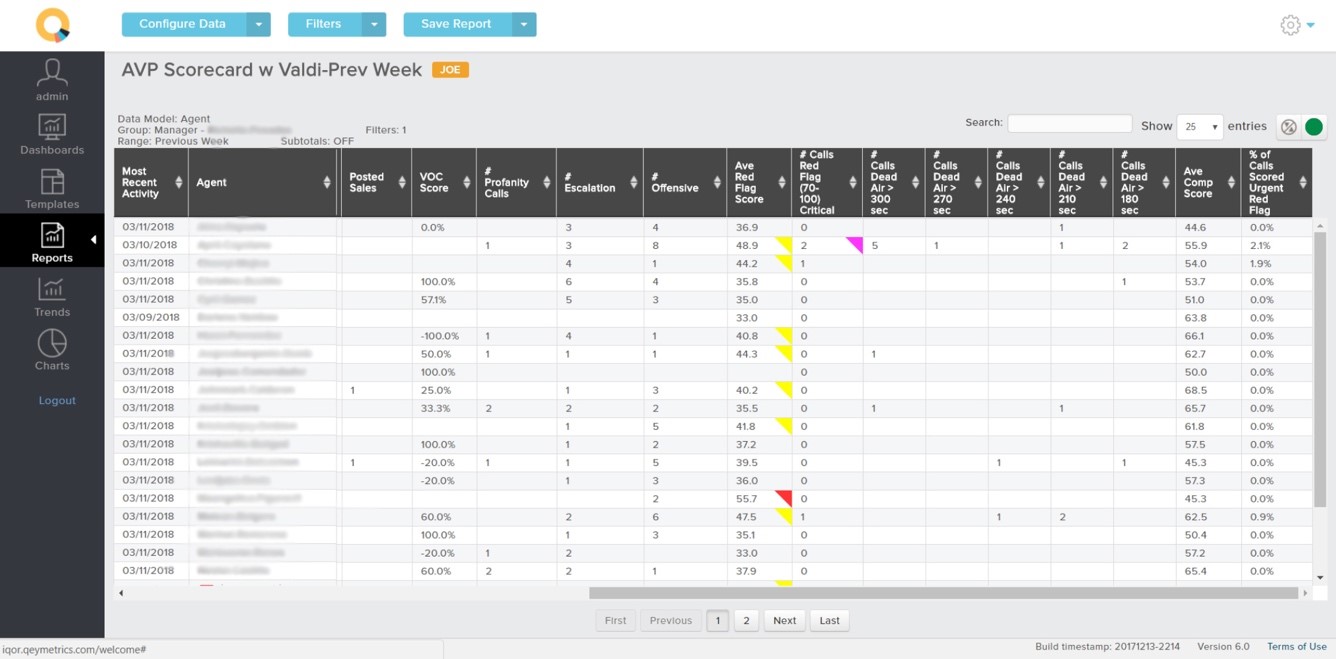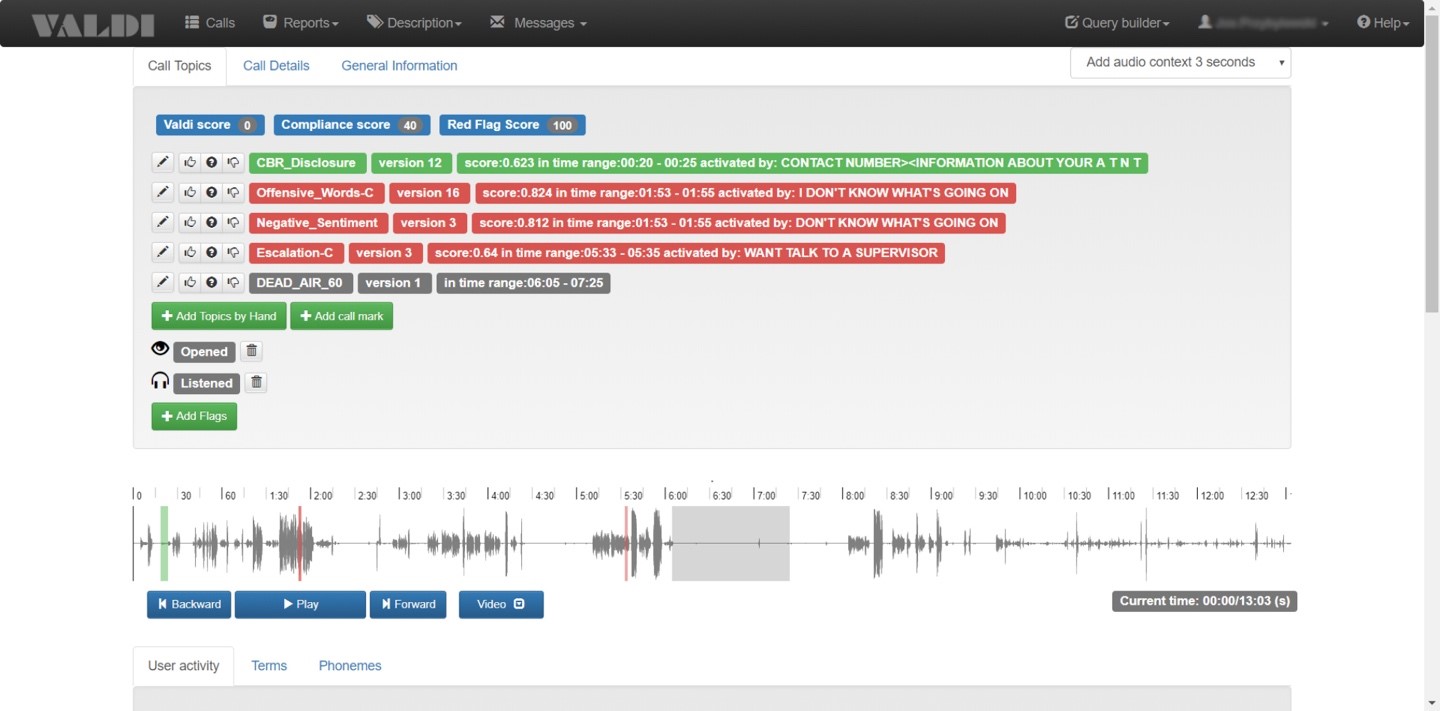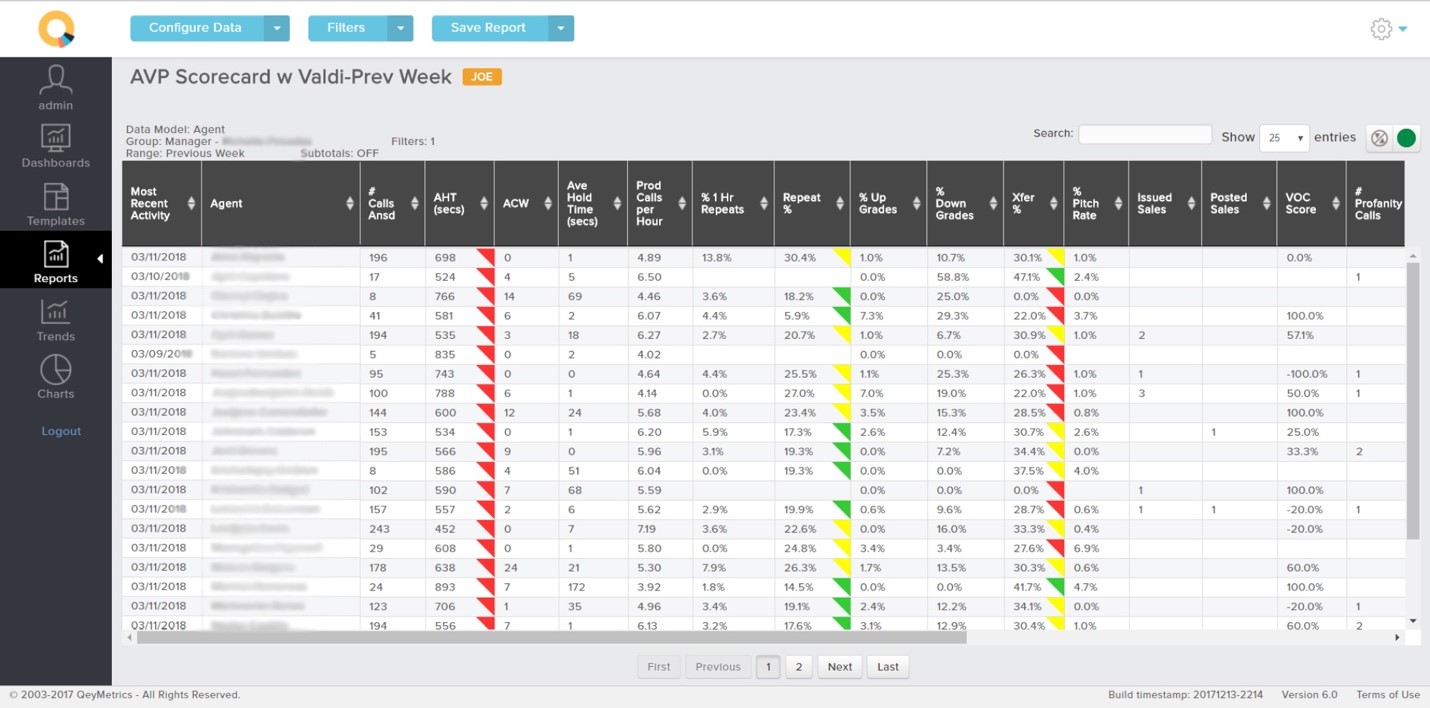Enterprises are sitting on a treasure trove of data derived from an ever-increasing number of communication channels.
The promise of Big Data has many forward-thinking contact center leaders dreaming of the insights it can deliver, but getting from raw data to actionable insight is a multi-step journey that begins with deep thinking about the measurements that matter most.
At iQor, we believe that by taking comprehensive measurements, interpreting them in a disciplined and scientific way, and then sharing the resulting analysis with relevant company stakeholders, contact center leaders can put Big Data to work, driving strategic customer initiatives at the highest levels of the organization.
5 Key Steps to Measurement
Step 1: Decide What You Want to Measure – and at What Level
The first step in the path to Big Data leverage is defining what you need to measure and at what granularity.
- Do you already have a metric – or even a scorecard – that you use to gauge performance?
- Do your scorecards address only enterprise-level performance or are you capturing performance metrics at a lower level?
For example, if your goal is to increase overall sales, you need to measure aggregate sales volumes and revenue at the enterprise level. You can often get this data in summary form, directly from your financial systems. But to find specific opportunities for sales improvement, you need to ask questions at progressively lower levels – ideally down to the transaction – where the context of every sale carries a rich set of attributes that you may be overlooking at the enterprise, business unit, salesperson, or even product level.
Defining your enterprise scorecard is important, but when you decide to drill deeper with your measurements – down to every available sale, customer service interaction, or other transaction – you take the first step on the path to Big Data value.
Step 2: Cast a Wide Net
Once you’ve decided upon what you want to measure – from top to bottom – it’s time to take stock of all available data sources. Look across all the information silos in your enterprise. Consider leveraging information from dialers, IVRs, ACDs, workforce management systems, CRM systems, quality audits, CSAT surveys, sales, and HR systems and tap data at the most granular transactional level. For example, don’t settle for summary-level agent call data – get the call detail records (one record per call).
Although some sources may involve millions of data records every day, the keys to unlocking emergent value may be in the small silos, such as spreadsheets where specialists or departmental contributors enter data because no formal application is in place. Big Data computing allows you to process the million-record data volumes alongside the tiny ones – so cast a wide net when you’re thinking about the data that describes your operations. At iQor, we believe that the whole of all the transactional data across these systems is far greater than its parts.
Step 3: Find the Right Measurement Platform
Finding a measurement and reporting system that easily integrates data across your enterprise, converts that data into business metrics, and, most importantly, delivers dynamic views to the business on a timely basis can be a challenge. To truly help change the way you do business, this system must be quick to implement and modify, be intuitive and user-friendly, have scalability, and not be overly dependent upon IT for maintenance. Whether you build it or buy it, your system should be capable of delivering business measurements beyond the contact center so that it eventually incorporates all lines of business.
Step 4: Correlate, Analyze, and Interpret Your Measurements
Once you have data combined from different sources, you’ll begin to paint a new picture of your contact centers’ performance. Like any great painter who experiments with color combinations, you should combine data sets in new ways. The results will correlate performance at multiple levels and likely highlight how one key metric influences another. Expect to discover that real performance improvements are not governed by a single variable, but through a complex, interdependent set of variables.
Step 5: Leverage Results to Educate and Drive Specific Action
Now that you’ve transformed your data to generate reliable metrics, it’s time to switch mindsets from reporting to ROI. Package information in a simple, timely, and credible format. Then, make it accessible to those in your organization – be they contact center agents or C-suite executives – who can create new initiatives and set policies. For example, you can use performance metrics to generate agent ratings in real-time, motivating managers to address issues quickly. Then move beyond the agent level and score the performance of campaigns or programs across different segments, like day of the week or location.
By moving up the measurement and analysis hierarchy, your organization can react quickly to improve performance and evolve methodically toward more sophisticated models that predict future performance. Many contact center leaders already know the value of measuring performance within their organizations. Indeed, many businesses today do it to some extent. However, the tools and the processes many use to do the job are becoming archaic. A group of specialists with access to a data source and an Excel spreadsheet can gather information and crunch the numbers for one-time views of performance, but that is not an efficient, comprehensive, or scalable way to measure performance.
Decide to evolve from distributed, localized measurements that focus solely on collecting single-source data to platforms that generate systematized measurement across all available data sources. This measurement approach scales and expedites the path from raw data to measurement – and eventually Big Data analytics. Learn how performance management and business intelligence solutions can help your organization measure smarter.






